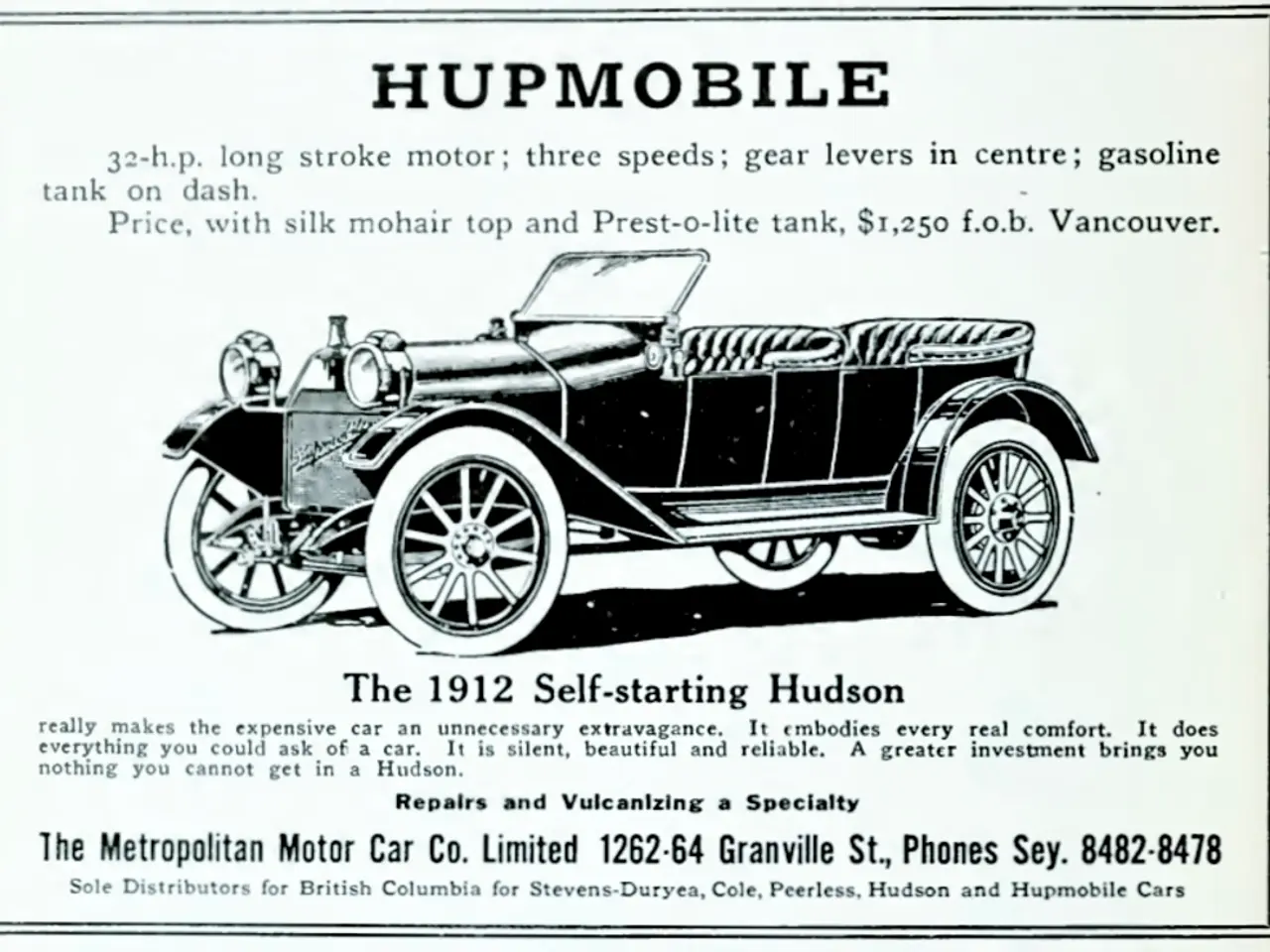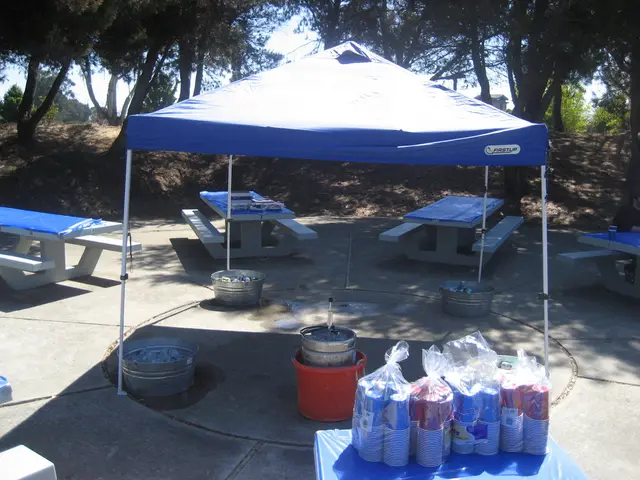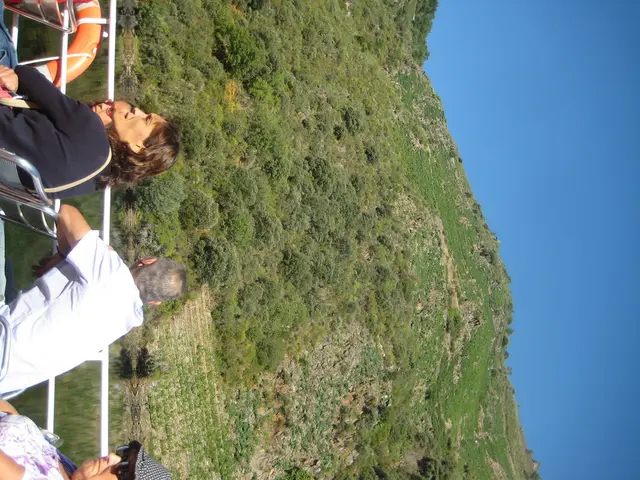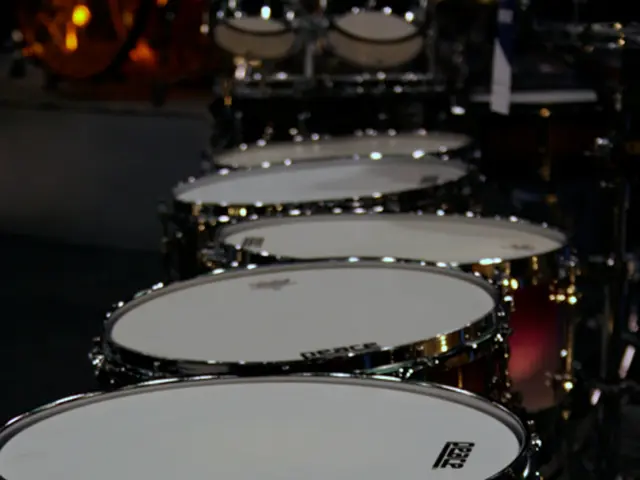Active Insulation Industry Projected to Surpass $590.8 Million by 2034
The global active insulation market is experiencing a significant surge, with a key focus on materials that provide both thermal and acoustic insulation. This growing emphasis is driven by the market's potential to save over 600 times more energy yearly than compact fluorescent lights, Energy Star appliances, and Energy Star windows combined.
The market is vast and competitive, with numerous players vying for a share. One notable player is mineral wool insulation, which consists of 75% post-industrial recycled content. Other materials, such as hemp, straw, flax, kenaf, bamboo, and eucalyptus, are being utilized due to their rapid growth and renewability, contributing to a growing shift towards incorporating bio-based materials in insulation products.
The Asia Pacific region leads the global active insulation market, accounting for 41% of the total market share in 2024. Countries like China, Japan, and South Korea are key contributors, with China, being the largest contributor, continuing to dominate the market due to large-scale construction activities and government initiatives promoting energy-efficient solutions. Rapid urbanization, infrastructure expansion, and increasing adoption of sustainable building materials are key factors driving market growth in the Asia Pacific region.
The textile sector emerges as a leading end-use segment, contributing to more than 59% of the market share in 2024. The textile industry in countries like Bangladesh and Vietnam plays a crucial role in the demand for active insulation fabrics in sportswear and outdoor apparel.
Innovations in nanotechnology and material science can lead to the development of more efficient and cost-effective insulation products. For instance, Phase Change Materials (PCMs) are being integrated into insulation systems to enhance thermal regulation.
However, the market is not without its challenges. High production costs are a significant hurdle. Regulatory compliance can be resource-intensive for manufacturers. Consumer awareness about the benefits and proper installation of advanced insulation materials remains a challenge.
Despite these challenges, investing in sustainable insulation solutions presents significant growth opportunities. The Global Active Insulation Market is projected to reach approximately USD 590.8 million by 2034, growing at a compound annual growth rate (CAGR) of 6.3% during the forecast period from 2025 to 2034.
Key players like 3M, Armacell, H. Dawson Wool, Imerys, Knauf Digital GmbH, Koch Industries (Invista), MacCann & Byrne (Ecological Building Systems), Milliken & Company, Neo Thermal Insulation (India) Private Limited, Owens Corning, Polybond, PrimaLoft Inc., Remmers GmbH, Rockwool A/S, Saint-Gobain Group, Ultralight Outdoor Gear Ltd, and Unger-Diffutherm GmbH are present in the active insulation market.
In 2023, HD® Wool Apparel Insulation, in collaboration with Rudholm, gained recognition for its advancements in outerwear insulation, offering superior temperature regulation and moisture management. Similarly, Polartec®, a brand under Milliken & Company, announced the winners of the Polartec Apex Awards, recognizing excellence in textile innovation for performance, sport, and lifestyle apparel.
Insulation is not only essential in construction but also in electronic devices to manage heat dissipation and in vehicles to improve thermal comfort and reduce noise. The active insulation market is set for strong growth, driven by rising demand for energy-efficient solutions across construction, automotive, and textile industries.
In conclusion, the active insulation market is poised for significant growth, driven by increasing consumer awareness, technological advancements, and supportive government policies. The market's potential to reduce carbon dioxide emissions by 780 million tons annually and save energy makes it a critical component in the pursuit of a more sustainable future.








